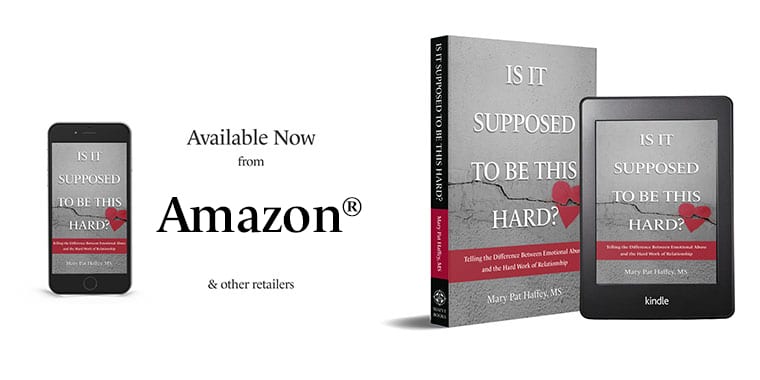I thought we just had some quirks that needed to be worked out.
—Anika
I was telling my therapist and my close friends what was going on, so I started to get the message that stuff was happening, but I wasn’t really aware of it. I had no idea that it was emotional abuse. I thought it was normal.
—Jackie
Have you, like Anika and Jackie, spent a lot of time believing that your relationship is pretty much like most relationships, but there are just some issues—bumps or quirks—you need to work out? Are you beginning to wonder if that is true? Can you tell the difference between “all relationships have their problems” and a problem relationship?
It is true that you can’t expect people to be perfect, but how do you tell the difference between accepting someone’s faults and accepting abuse? How much hurting is too much?
How do you tell the difference between emotional abuse and the hard work of relationship?
While it is often difficult for people in emotionally abusive partnerships to recognize what is happening, there are some markers that can help them tell the difference between a healthy and an abusive relationship. Caring relationships can be identified by the following characteristics:
- Reciprocity instead of one-sidedness
- Mutual consideration and teamwork instead of unilateral decision making
- Open, honest encounters instead of manipulation and gaslighting
- Behavior that makes sense to the partner instead of hurtful Dr. Jekyll/Mr. Hyde-style switches
- Attentive, caring engagement instead of ignoring
- Taking responsibility instead of denial and blaming
- Joint efforts to resolve issues instead of sabotaging problem solving
- Striving to keep lines of communication open instead of shutting down conversations
